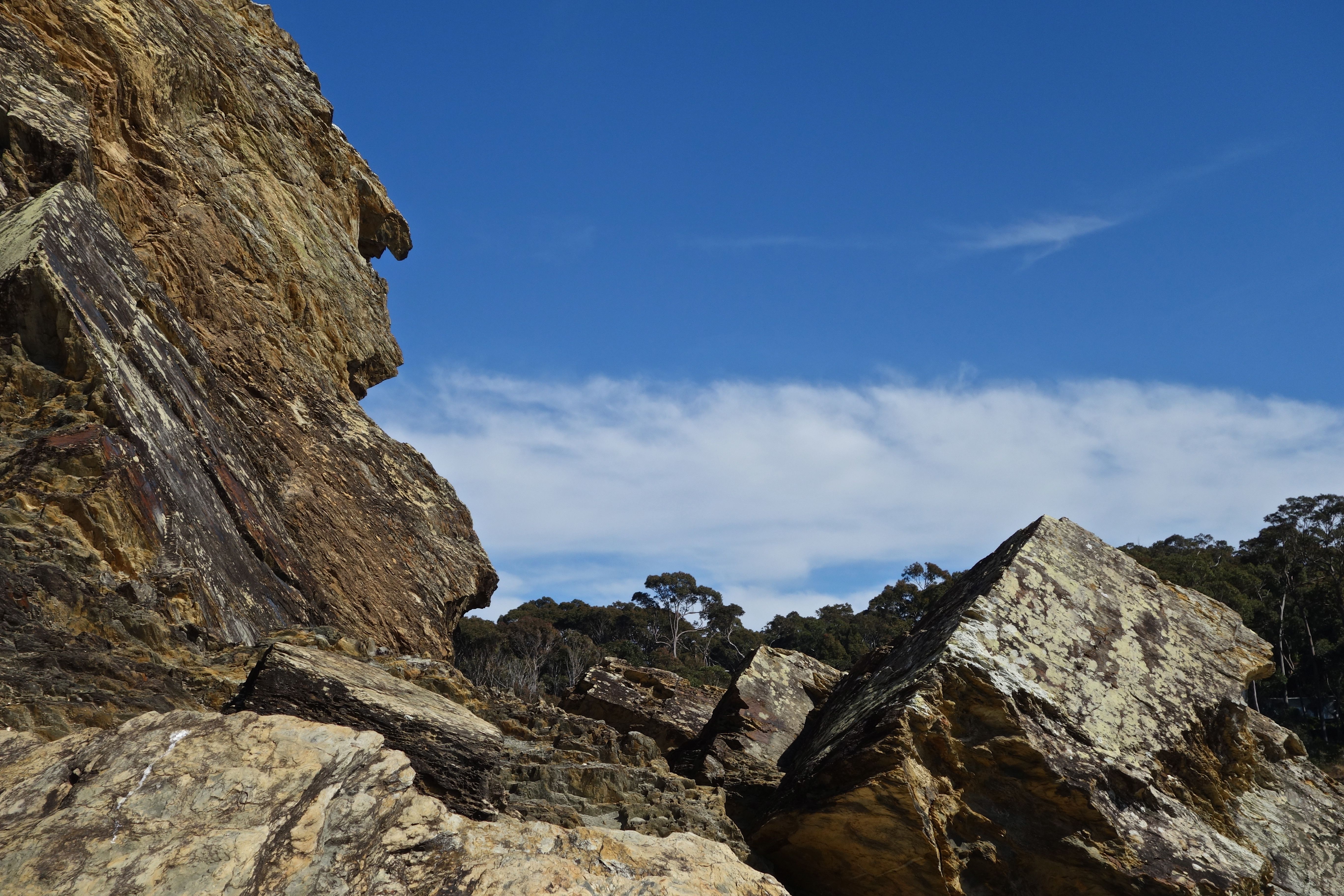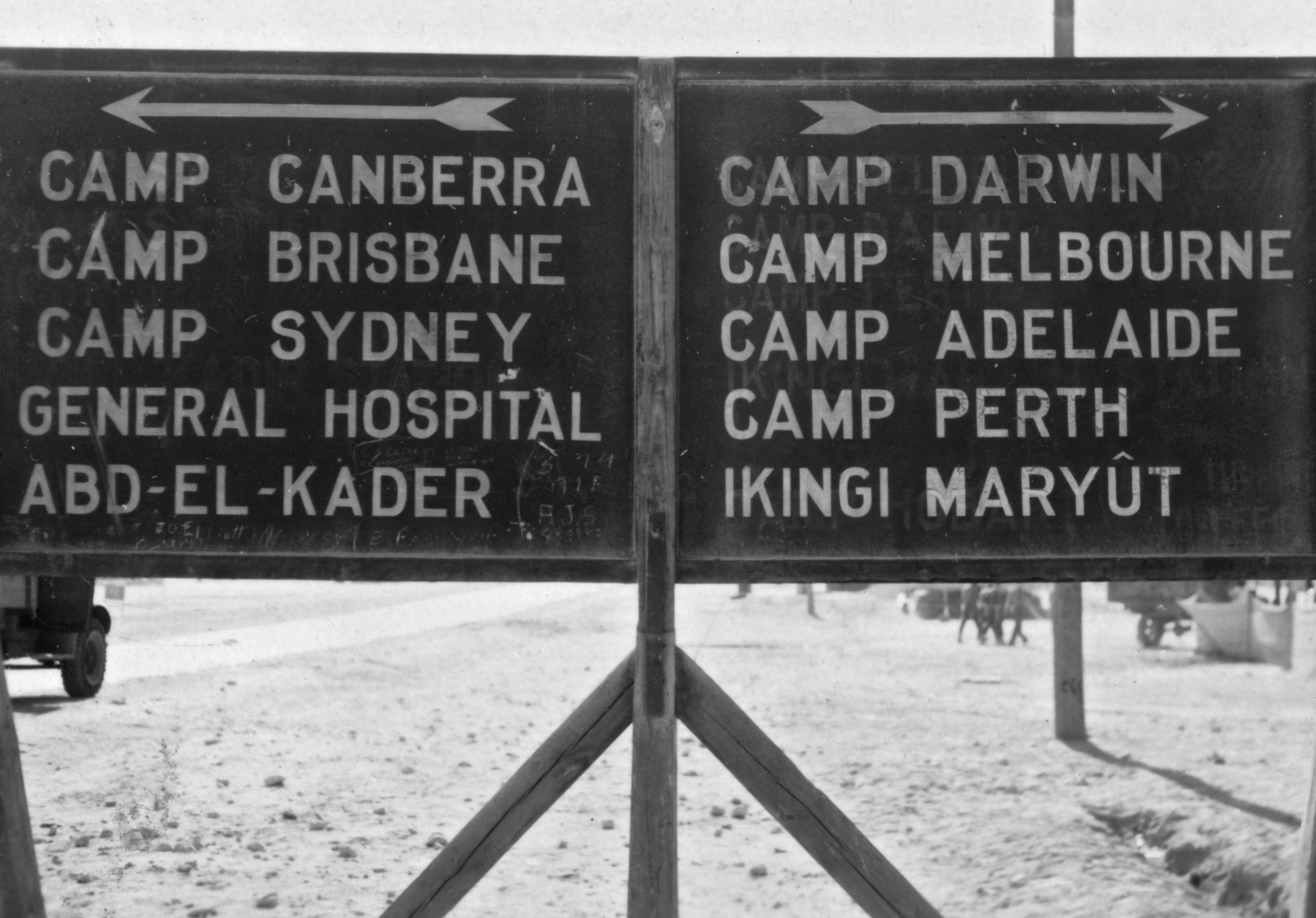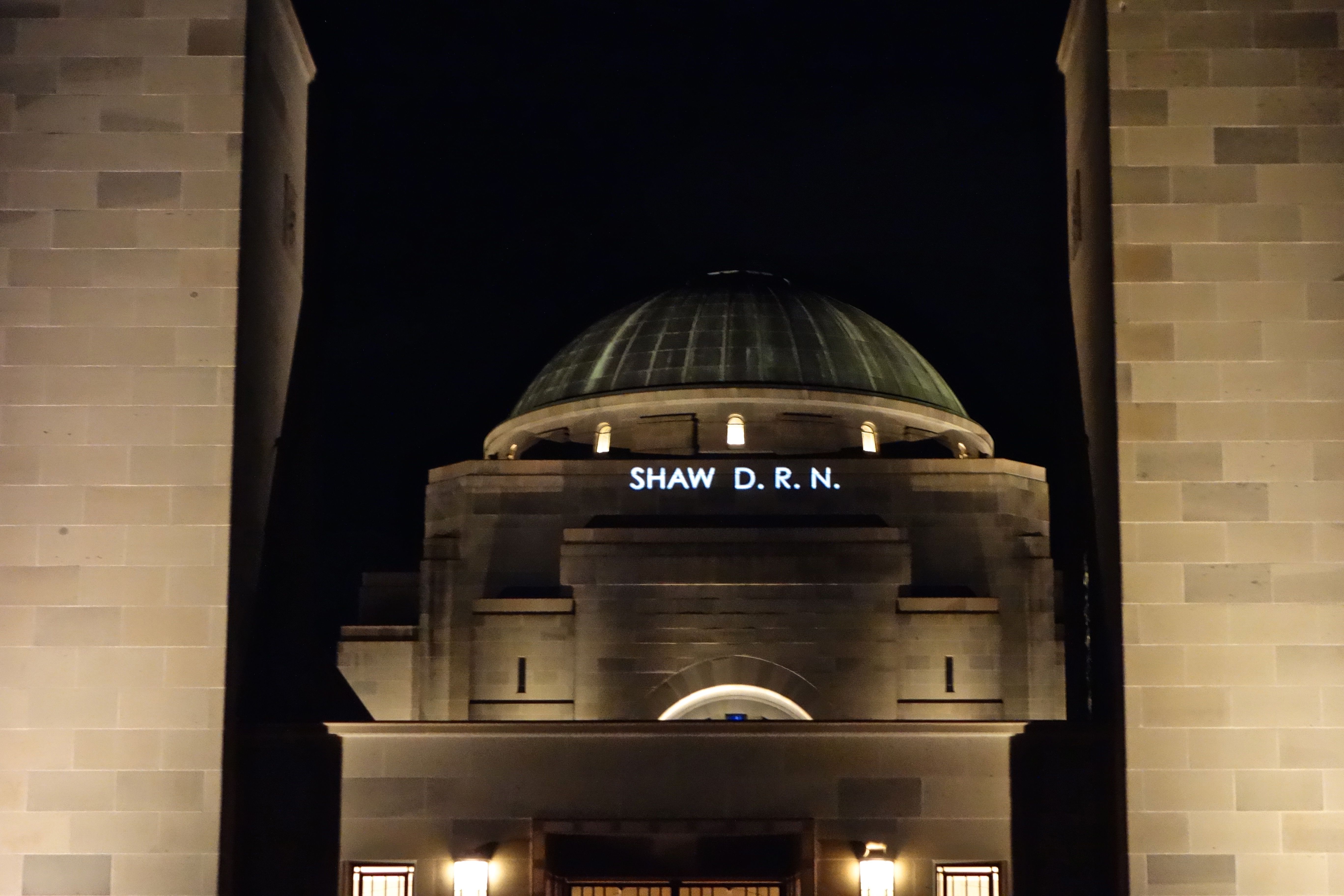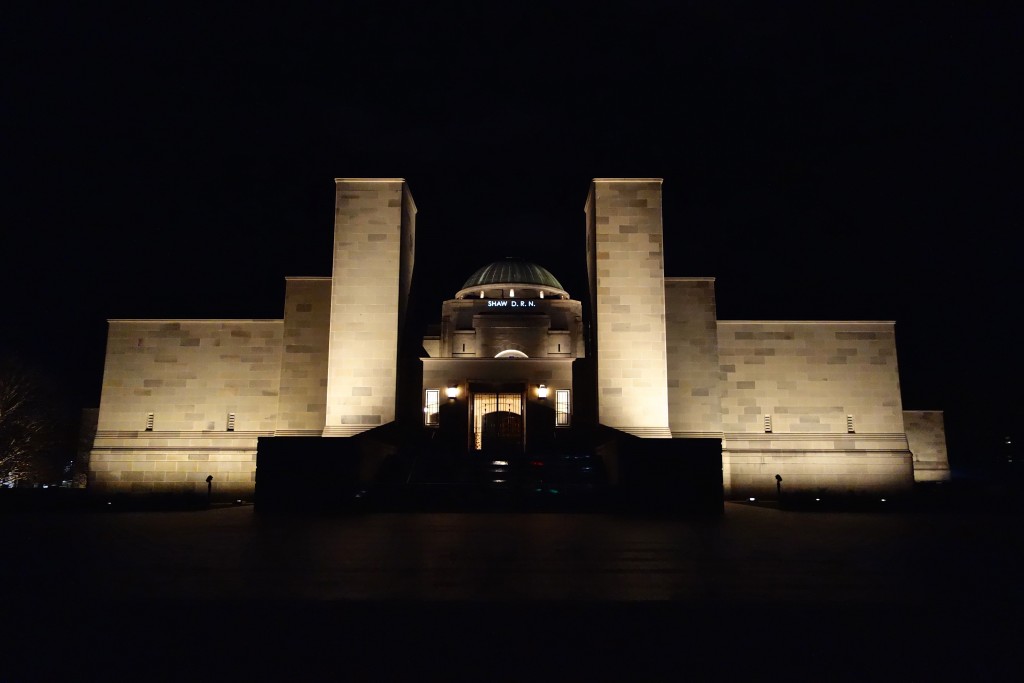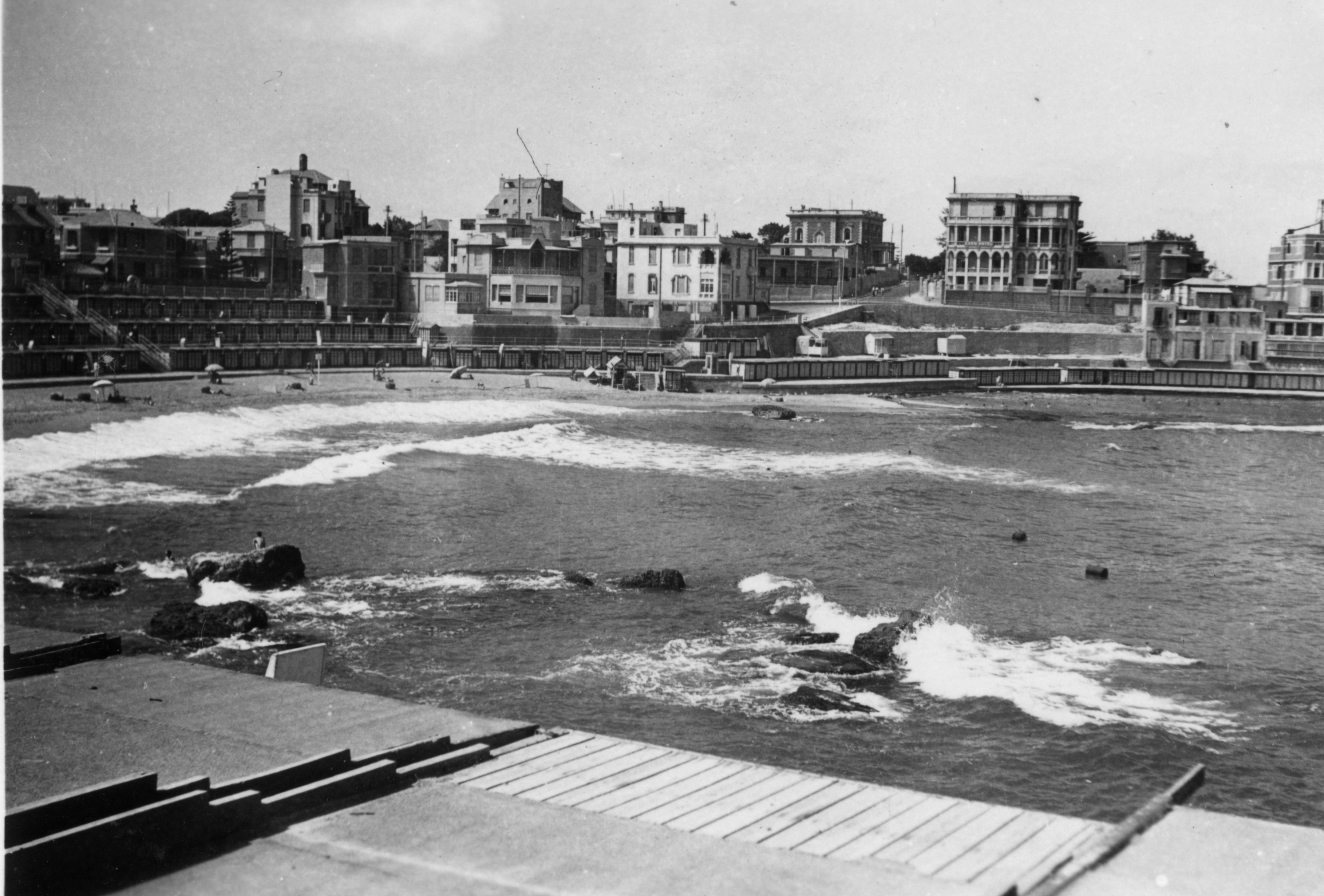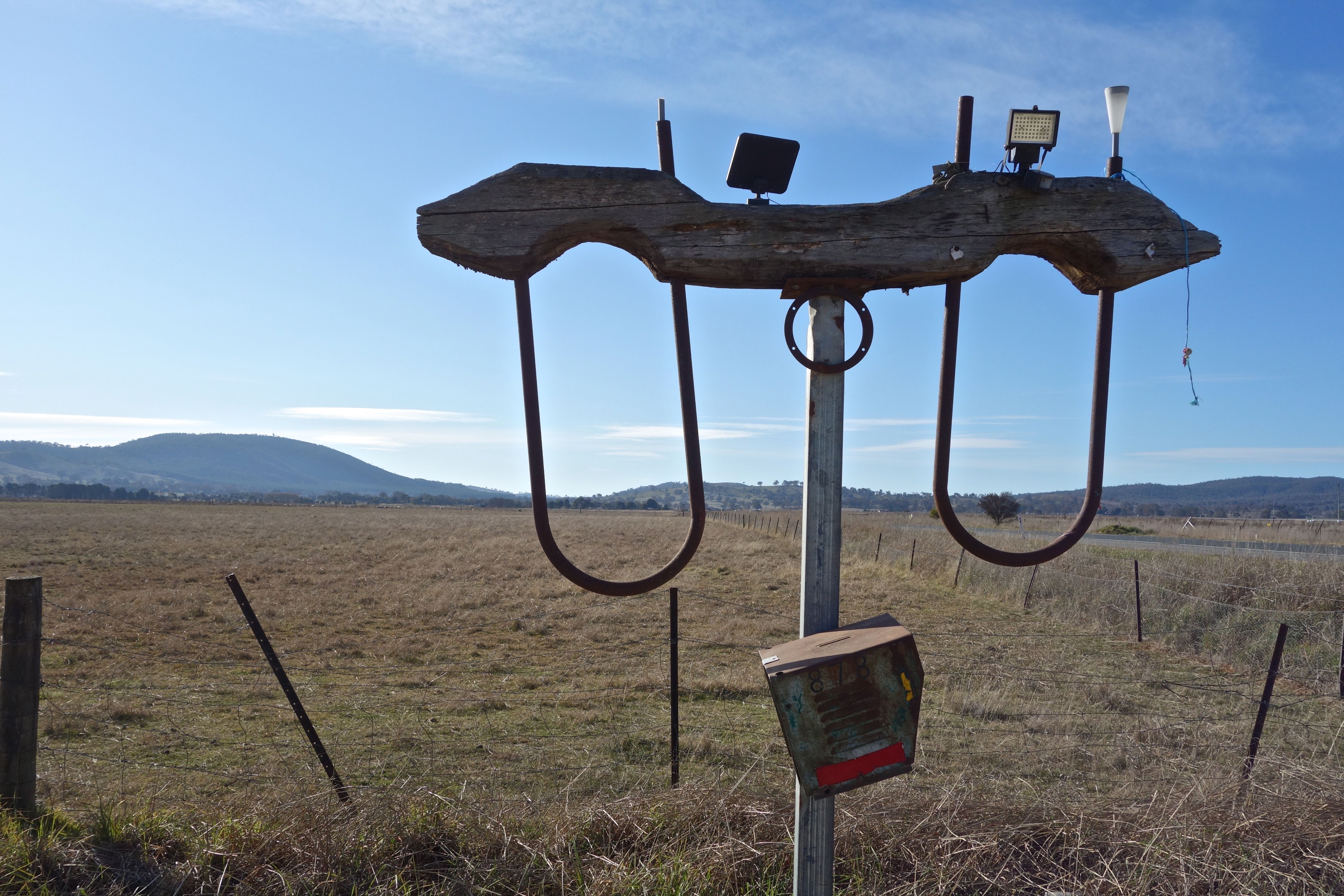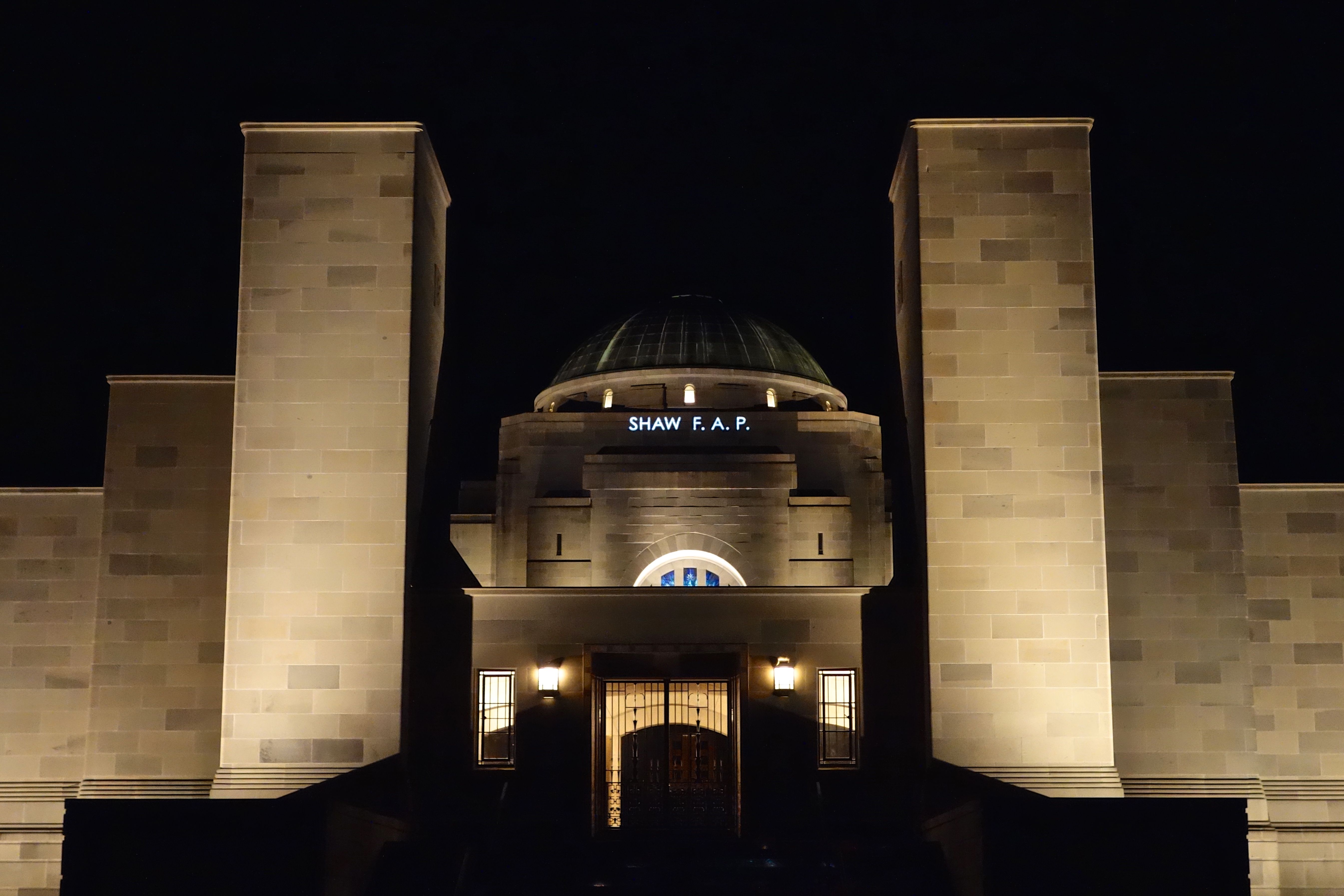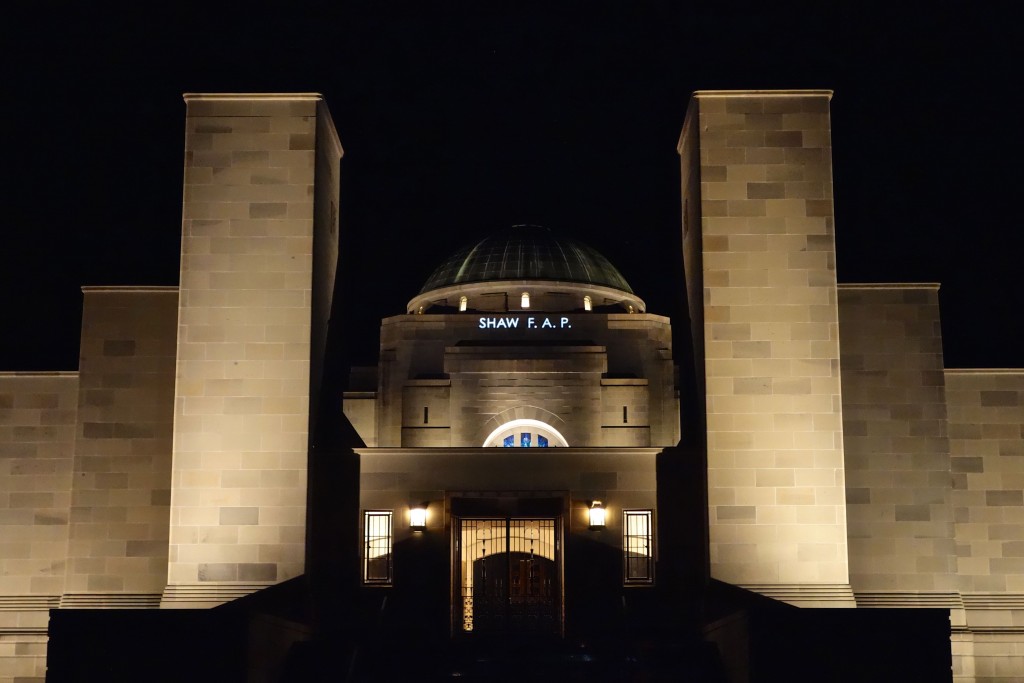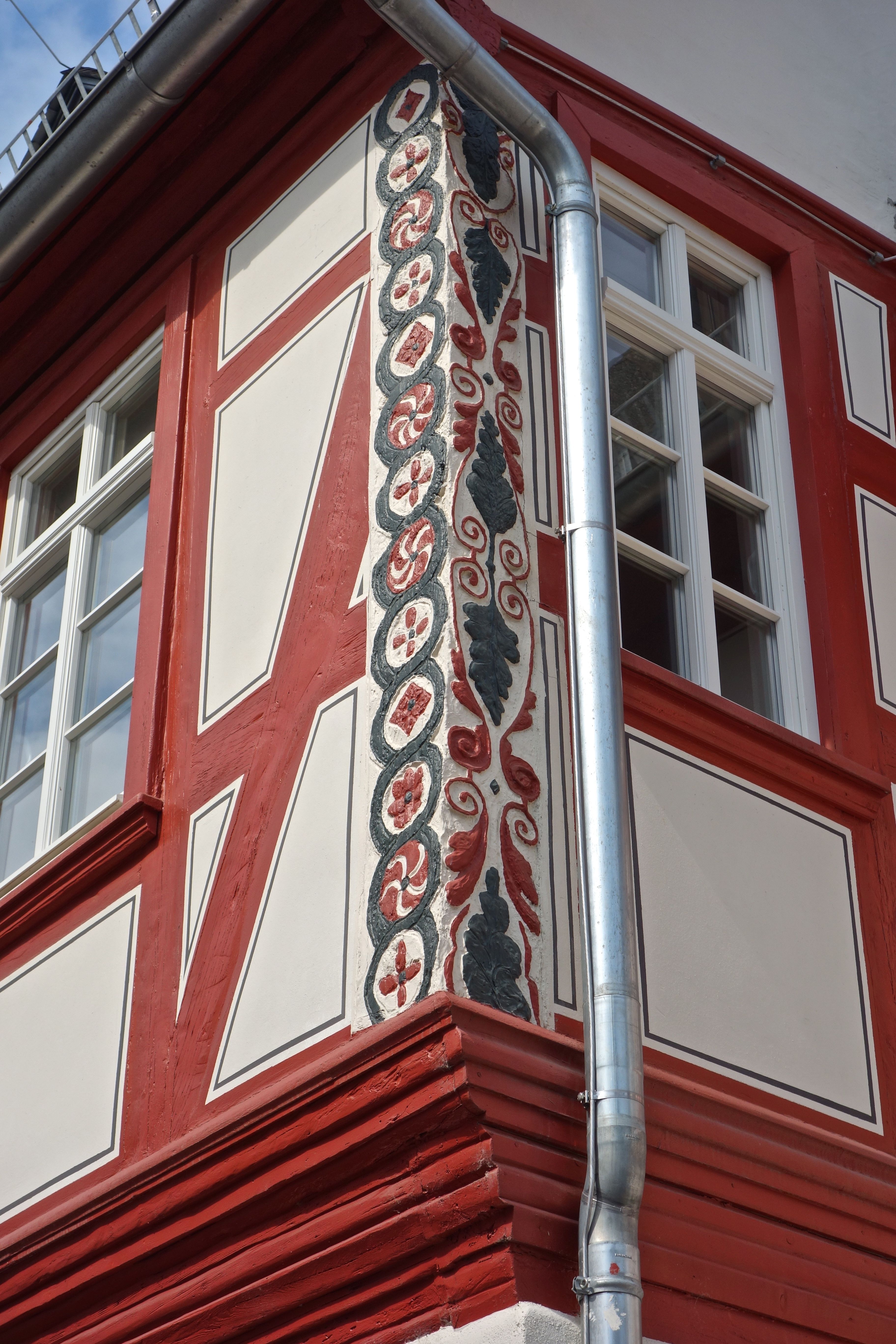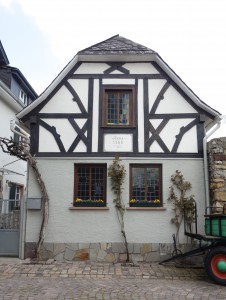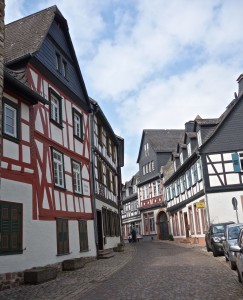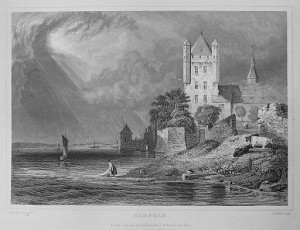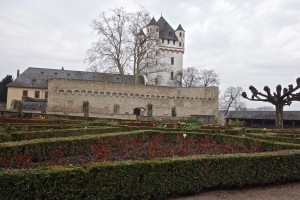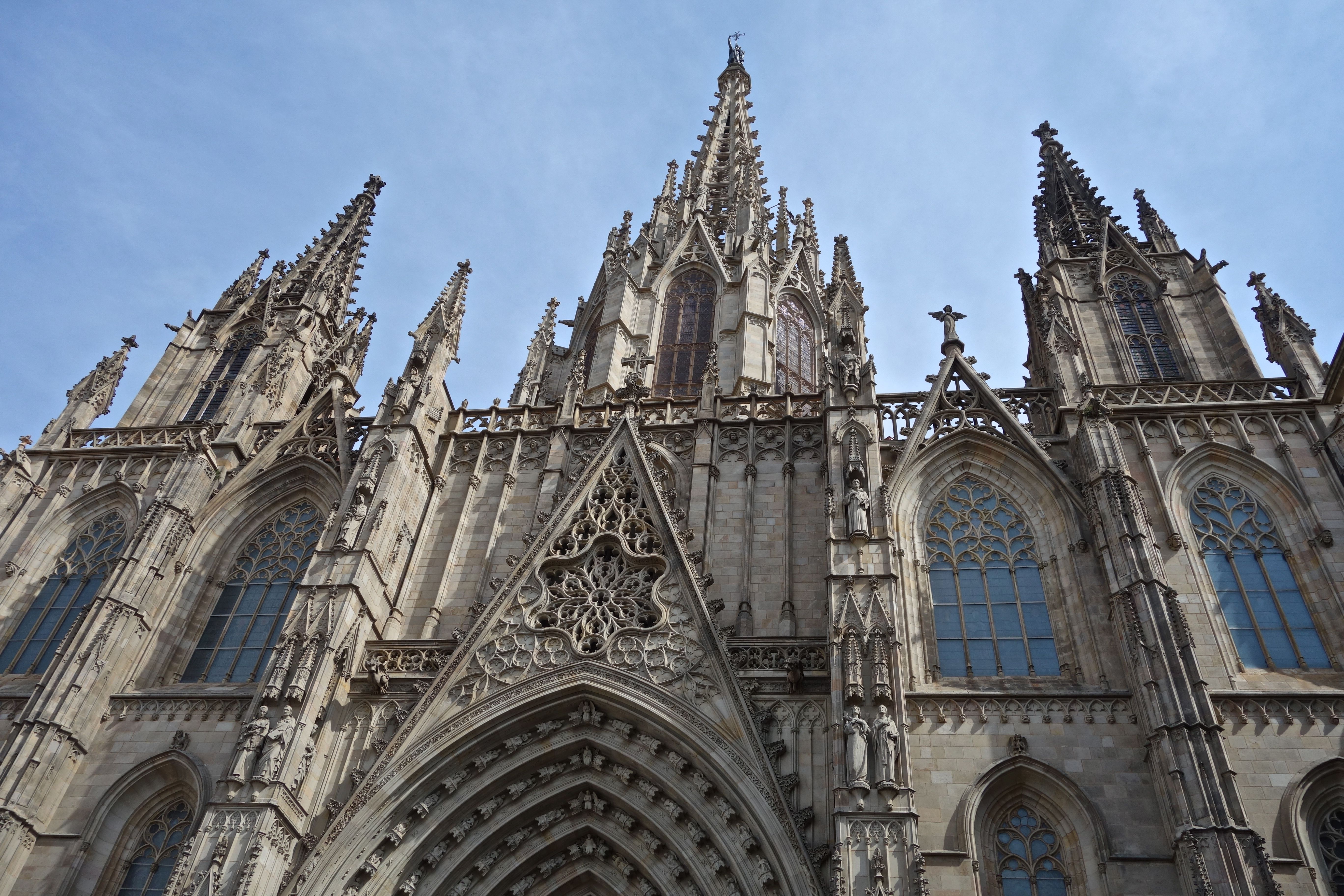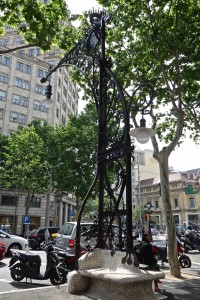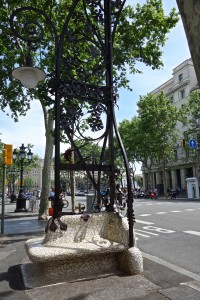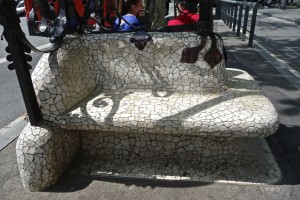Yesterday I read two writing prompts that gave me ideas. The first one was the Daily Post’s prompt, Handwritten, and the second was in the ebook, 365 writing prompts, where the prompt for 11th September is Thank you. The task is defined:
“The internet is full of rants. Help tip the balance: today, simply be thankful for something (or someone).”
It was funny they should say that about the internet and rants, because I was grazed by this combination today. I was feeling thankful for something that happened because of the internet: a nomination for a literary prize by the editor of Eleven Eleven literary journal. Last month the journal published my translation of Jean Lorrain’s Princess Mandosiane. Knowing little about prizes, I made what was perhaps a mistake and searched for online information. Within seconds I was reading a rant about the meaninglessness of nominations, the unlikelihood of winning a prize, the embarrassment of being one of tens of thousands of nominees. Don’t put it in your bio, pleads the ranter, don’t put it in your résumé.
One moment I was thankful, the next I was fizzing. It took literally seconds for an internet rant to douse my small flame of pleasure.
Digging deeper and reading wider, I found a number of positive articles, a number of writers reminding readers, and me, that it’s incredibly hard work to get something published, let alone to be nominated for a prize, and that that’s something to put in your bio, something to write home about. In fact, since I’m away from home, that’s something I’m going to do.
Today I’m simply thankful for Eleven Eleven journal and for the editor’s opinion of my work.
To illustrate my little achievement, here’s a photo I took at the beach this morning when I saw this rocky man laughing up at the sky. Ha ha ha, you ranters! A nomination is a reason to be cheerful.

*****

